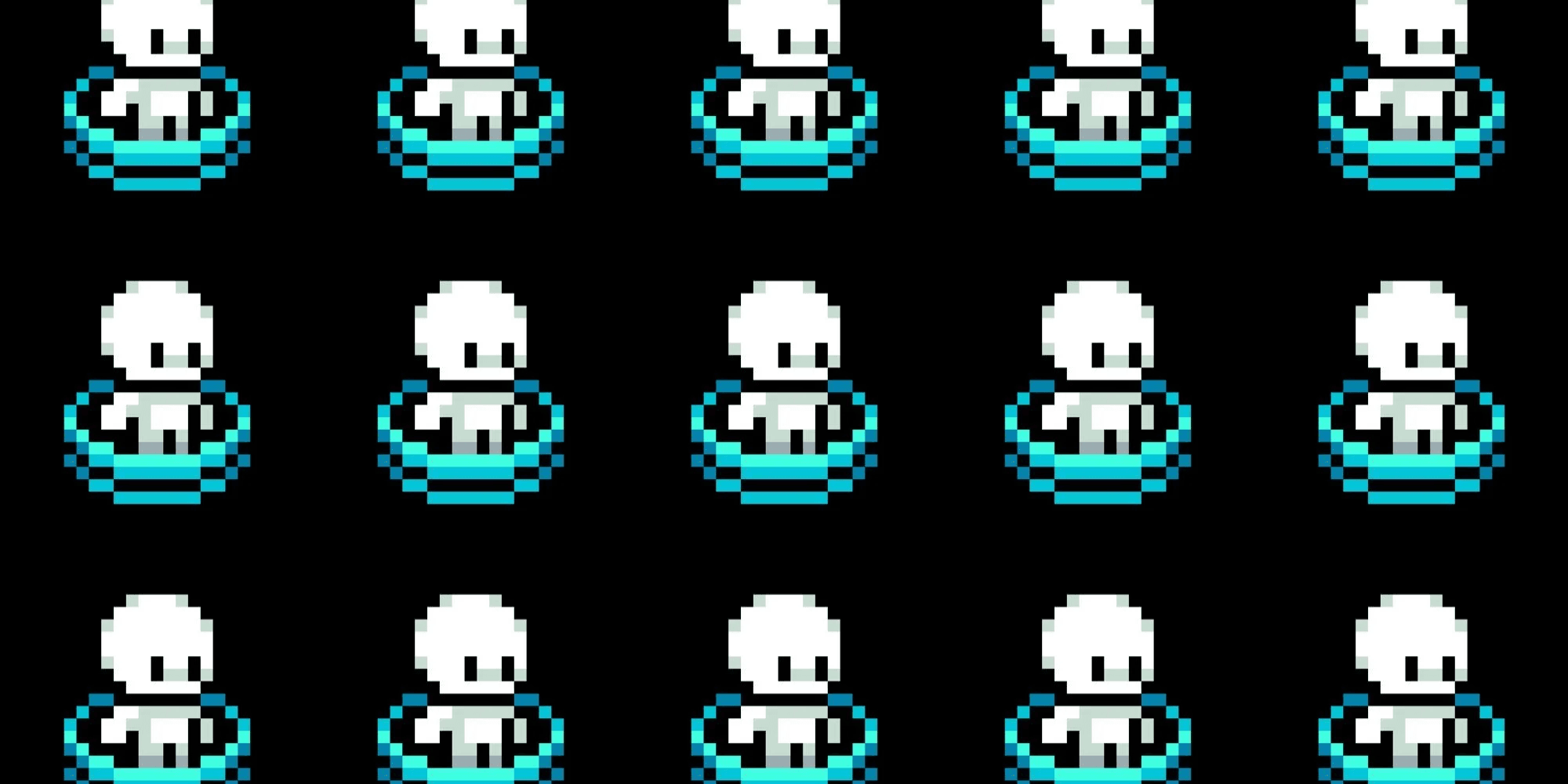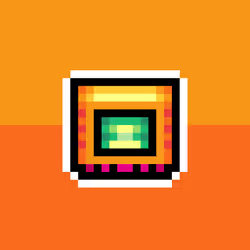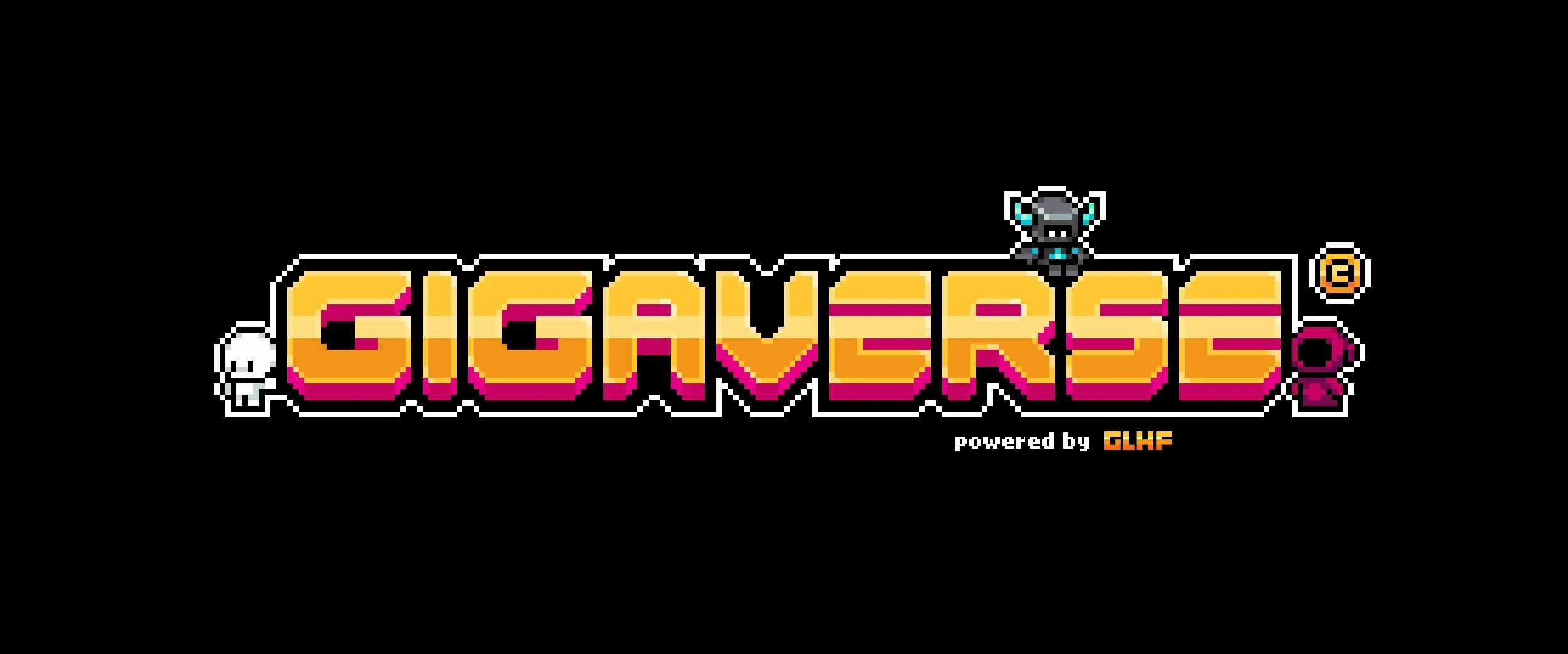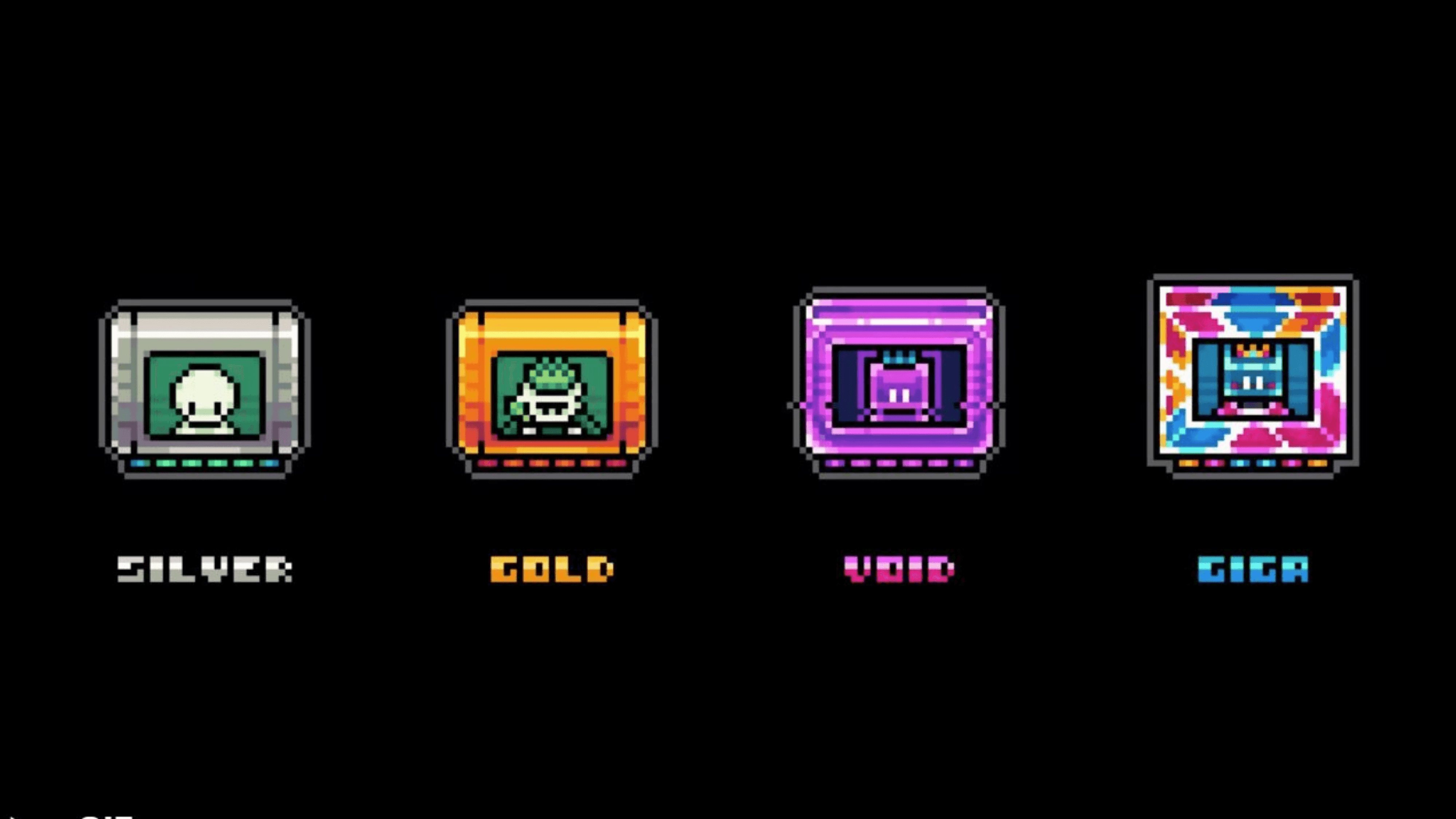
In the Gigaverse universe, ROMs (Role-Object-Machine NFTs) serve as foundational elements of gameplay—more than collectibles, they’re programmable power cores. Each ROM is designed to interface directly with the game’s mechanics, unlocking daily energy boosts, material drops, and other utility-based perks. Rather than relying on passive ownership, ROMs operate as active agents within a player’s strategy, embedding themselves into the core loop of exploration, progression, and crafting. In essence, they’re not just part of the game—they are the game’s infrastructure.
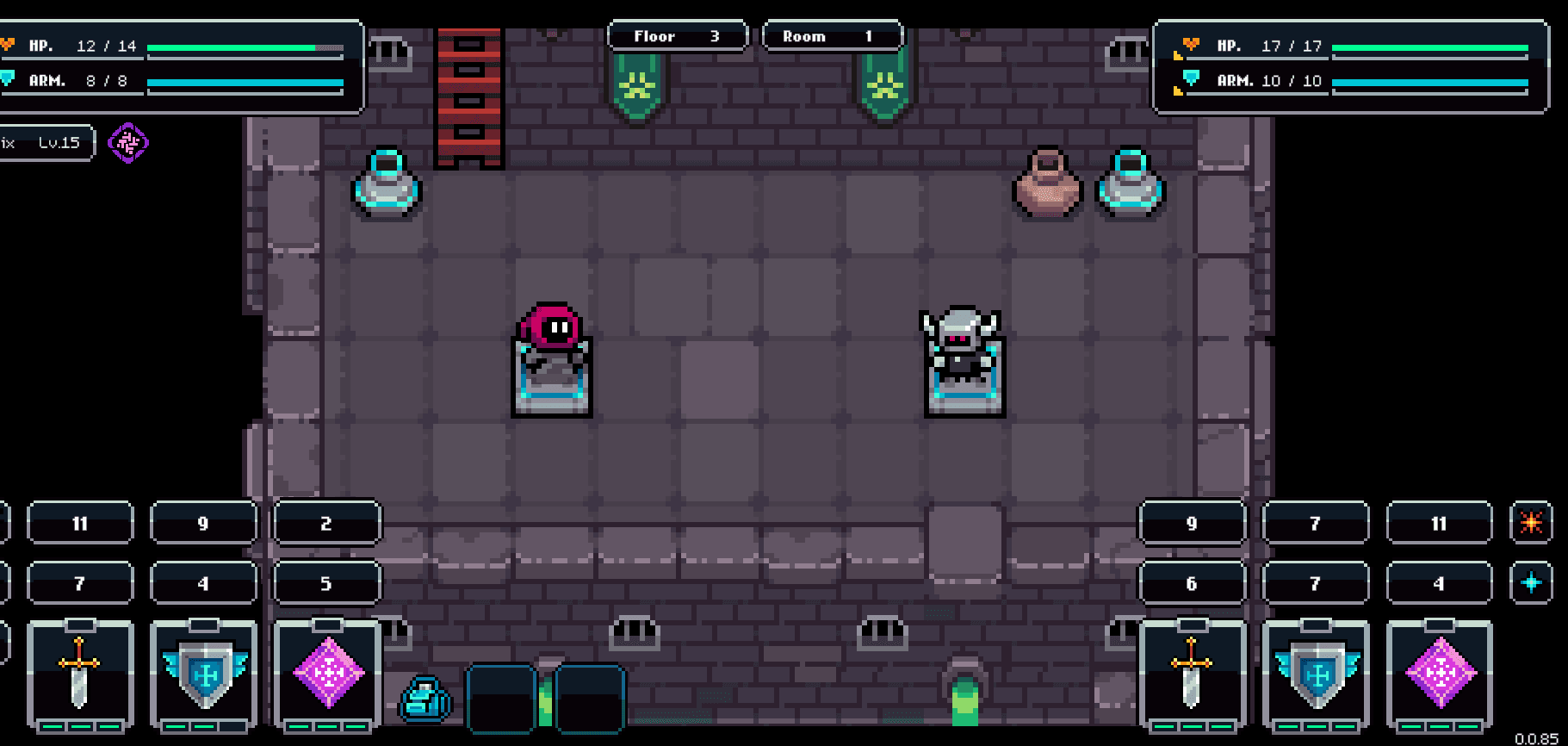
Gigaverse leans into pixelated nostalgia, but beneath the retro exterior lies a deeply integrated on-chain RPG. With PvE systems in place and PvP modes on the horizon, players wield their ROMs to shape outcomes across a sprawling multiverse. ROMs influence how often and how long you can play, granting access to additional layers of the game’s skill trees, upgrades, and item drops. Whether you’re farming loot or theorycrafting your next build, ROMs turn the metagame into something tangible—and tradable.
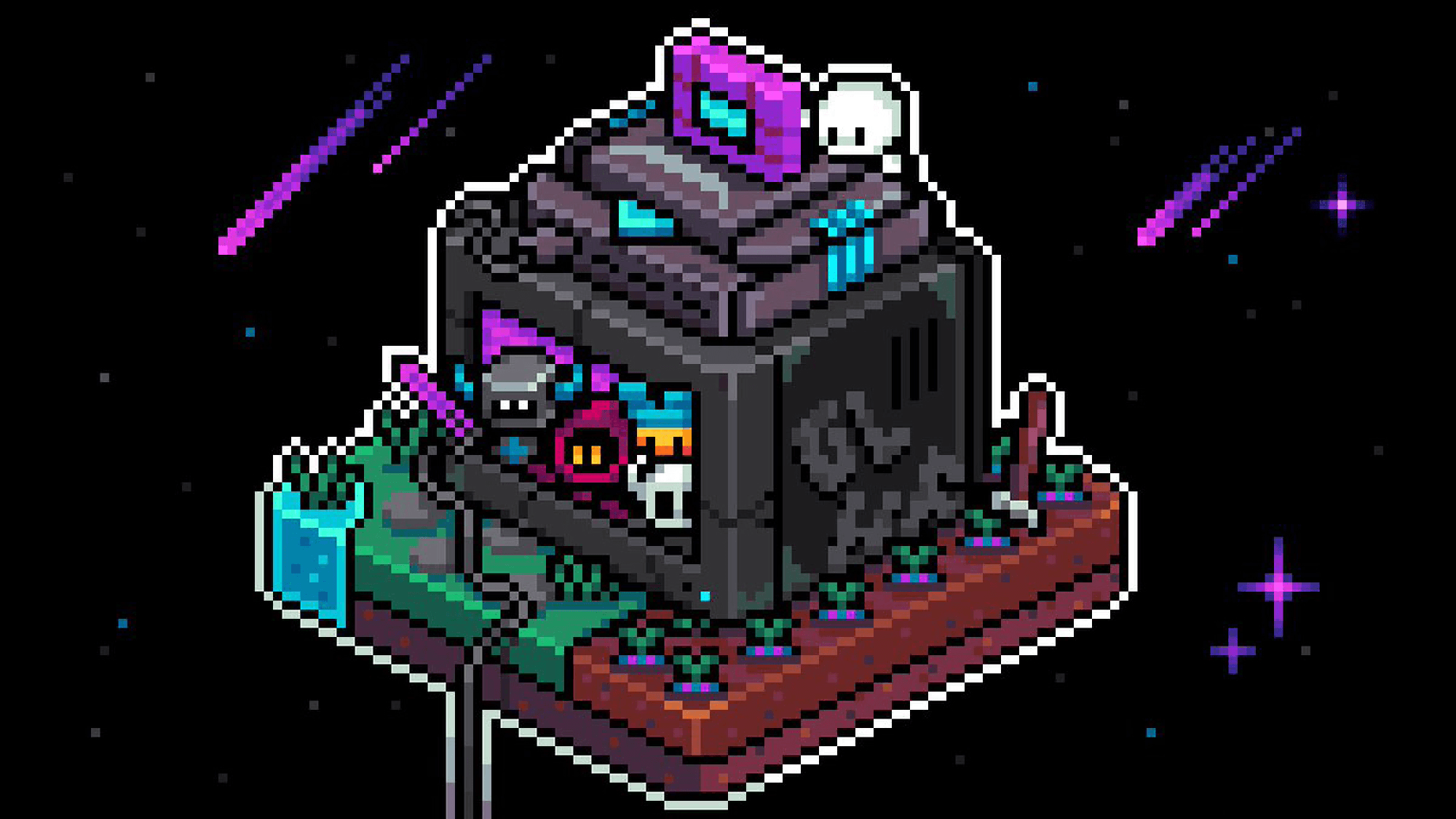
Gigaverse ROMs are also the connective tissue binding a broader narrative of co-creation and community evolution. By rewarding early GLHFers holders with ROMs, the team seeded their game world with a ready-made player base—and a shared sense of ownership. The result is a living ecosystem where digital assets carry functional weight, not just aesthetic value. ROMs aren’t just items in your wallet—they’re your passport, toolkit, and power meter in an ever-expanding decentralized RPG.
